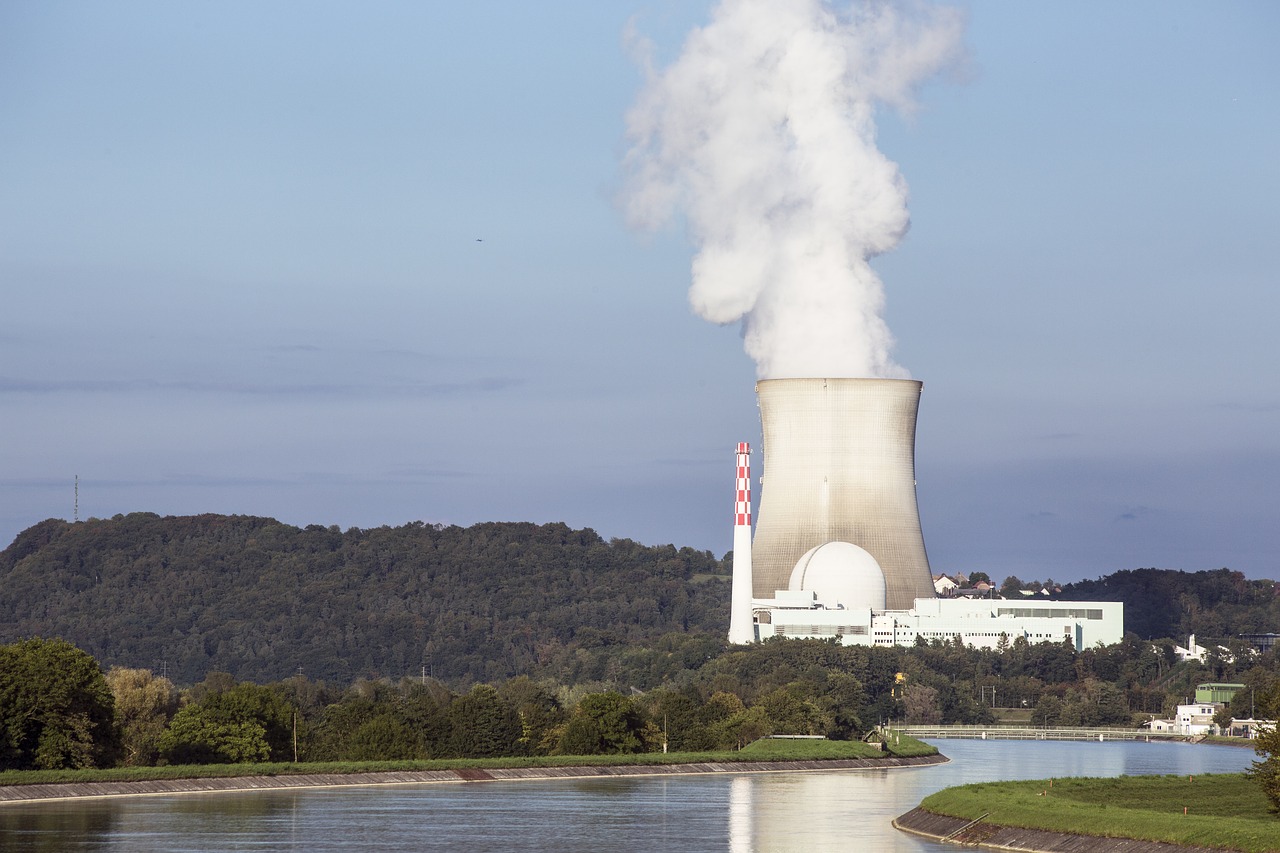N
uclear power is one of the most impressive and important sources of energy in the world today. Unlike petroleum-based energy, nuclear power does not pollute the air, is far more efficient and cost-effective.
That being said, there are still considerable safety issues that must be addressed when operating a nuclear power plant. Here are a few examples.
Defining the risks
Perhaps the most well-known risk – albeit far from the most likely – is a nuclear meltdown. A nuclear meltdown can have catastrophic effects on the surrounding area and will receive negative press coverage for decades. Just consider how Three Mile Island and Tchernobyl are still part of the conversation even today.
Another considerable risk, and one that is far more likely, is that damage to the equipment can put a nuclear power plant out of commission for weeks, months or even years. Due to the extreme pressures necessary in the operation of a nuclear power plant, the risk of equipment damage is one that must be taken seriously at all times.
Equipment damage can appear in many different ways, but one of the most common is for equipment to show signs of cracking. Sometimes, these cracks won’t appear until it is too late, causing significant slowdowns or even shutdowns in the power plant’s production capacity.
Another risk is the possibility of backflow. With so much pressure going through the pipes, a backflow can cause severe damage and potentially even power plant shutdowns.
How valves improve the safe operation of nuclear sites
Valves can improve the safety of nuclear sites considerably. In addition to shut-off and control valves, check valves can be critical as well. Shut-off and control valves can be useful for the prevention of any flow through a pipe. Check valves allow for the operation of a sector of a nuclear site to continue. Unlike shut-off and control valves, a check valve can block flow going one direction while allowing it to continue in the other.
Flow management is a critical component of safe nuclear valves. That’s why nuclear-certified micro switches and limit switches play such an important role in safety as well. Failure of switches could lead to a fault in the entire nuclear valve management system, which is why it is imperative that these components are certified and nuclear-grade.



